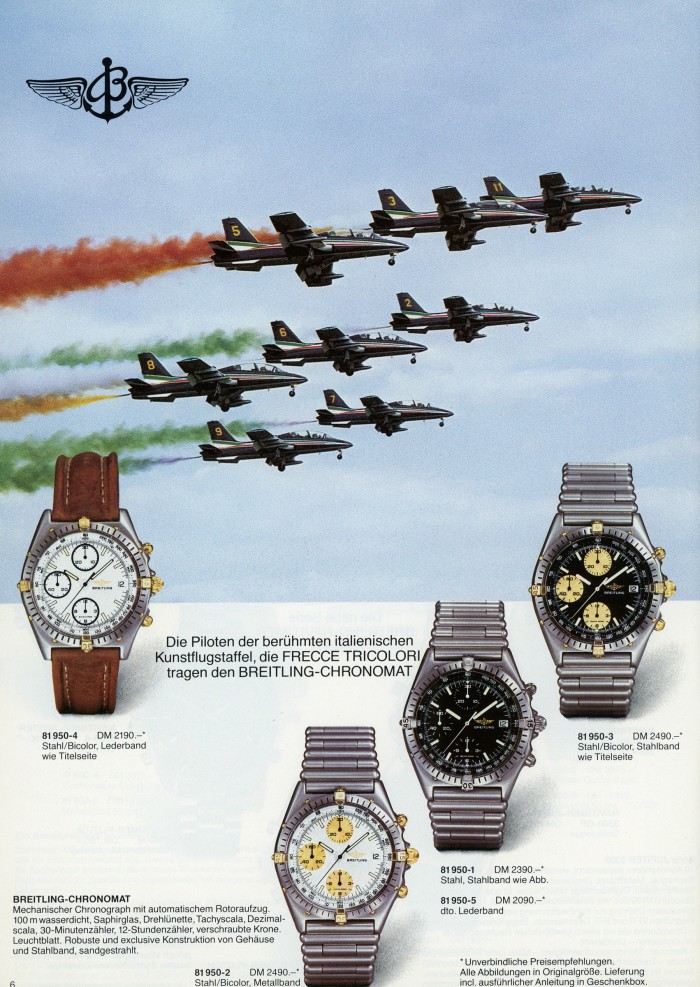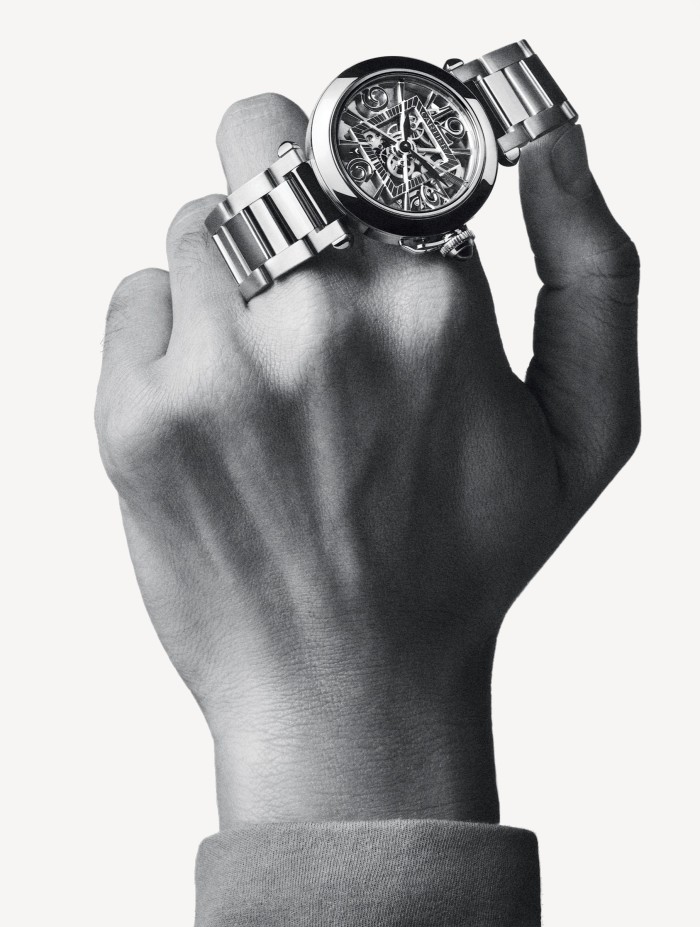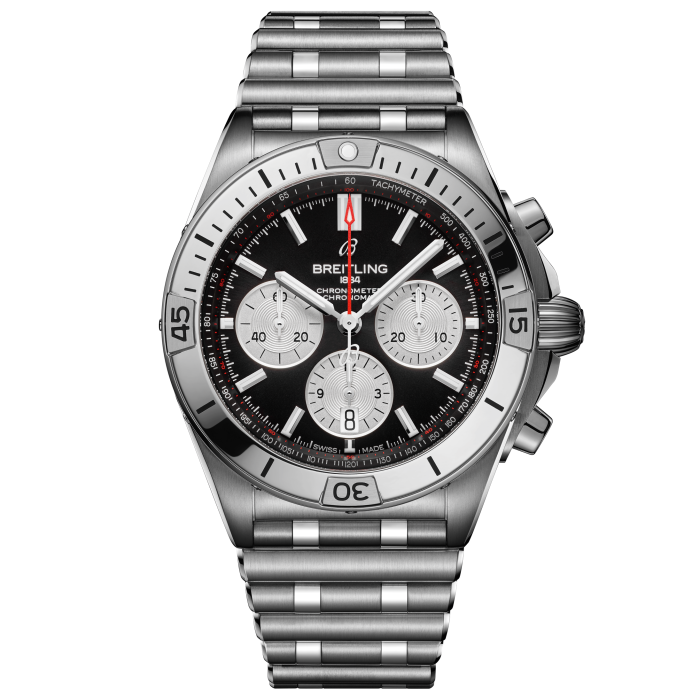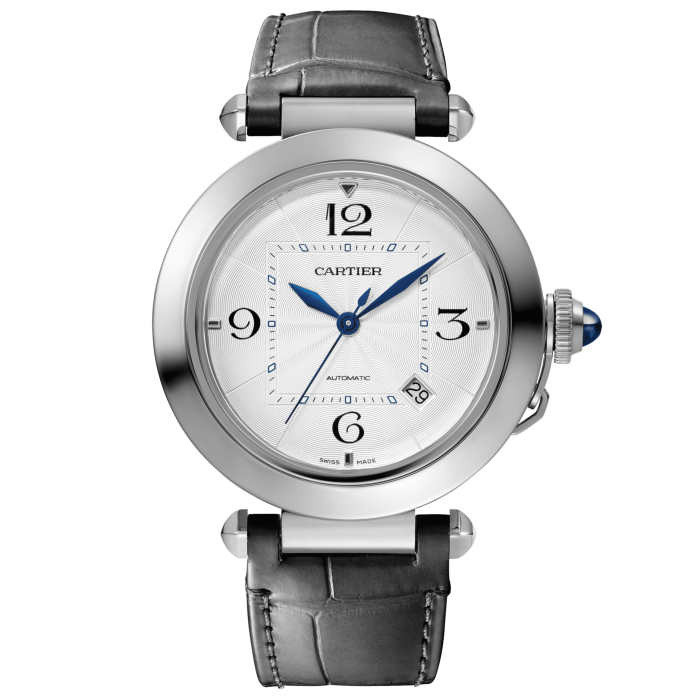Roll up your sleeves – the ’80s watch is back

Roula Khalaf, Editor of the FT, selects her favourite stories in this weekly newsletter.
1984. Like Pavlov’s dog we tend to associate those four digits with George Orwell’s dystopian vision of the surveillance society. But, much as I admire Orwell, one cannot argue he got this one right. Yes, there was much wrong with the world in 1984, as much as at any other time and perhaps little less than today; but Orwell’s pessimism got ahead of itself. For those of us not behind the Iron Curtain, Big Brother did not start casting his baleful eye in our direction until much later.
Instead it was a time of simpler pleasures. As it was, 1984 bequeathed us some memorable milestones in popular culture. It was the year in which colour television finally got the show it was waiting for, Miami Vice: all pastel pigments, sockless loafers and detectives Sonny Crockett and Rico Tubbs with jacket sleeves rolled up to the elbows. Having instructed us to roll our sleeves up, 1984 gave us something to display on our wrists: the Breitling Chronomat. The Chronomat was big when most watches were small, it was mechanical when the orthodoxy was quartz… and the Italians, who set watch trends in those days, loved it – which was just as well as it had been designed for their answer to the Red Arrows, the Frecce Tricolori.

I have tremendous affection for the Chronomat with its distinctive rider tabs on the bezel and immediately recognisable rouleaux bracelet (think of an ammo belt for a miniature machine gun) because it was the first contemporary watch I ever bought (until then I had been vintage-only when it came to timepieces). When Georges Kern took over Breitling three years ago, the first thing I asked him to do was bring it back. Apparently I was not the only one nostalgic for the carefree 1980s – and now the Chronomat has been relaunched. “It perfectly embodies our concept of modern-retro, and is an anchor in the past because people need anchors,” he says. “I would say the top 10 mechanical watches in the world are all 40, 50 or 60 years old. It is like the Porsche 911 – it has been the same car since I don’t know when, but it has also been evolving. What we are doing now is taking an icon of the 1980s and turning it into a modern product.”

A year after the Breitling Chronomat, Cartier brought out the Pasha. Then, as now, Cartier already had two recent smash hits on its hands, the predominantly feminine Panthère and the relaunched Santos, worn to great effect by Michael Douglas in Wall Street. The Pasha was, like the Breitling, a comparatively big watch for the time. Pierre Rainero, the image, style and heritage director of Cartier who joined in 1984, recalls: “It was based on an original model from 1943 which we had just acquired for the archive collection; it was 42mm in diameter and we thought it was too big so we reduced it to 38. Even then it seemed enormous.”

Thirty-six years later, Rainero remains at Cartier, and the re-released Pasha remains true to its 1980s incarnation. “We cultivate the same visual vocabulary and the notion of heritage. Today, in order to make a watch waterproof we don’t need to make a double crown” – the Pasha’s winding crown is protected by a screw-down cap fastened by a chain to the case wall – “but we keep it to recognise the originality of the design.”

Maybe it’s horological nostalgia, or simply a sign of the new demand. But both watches seem very now. As Cartier’s man in London, Laurent Feniou, puts it: “In hard times you go back to brands you like and know and models you like and know.”
The search for certainty in uncertain times is likely to enhance the appeal of the re-editions and tribute models that have become popular in recent years. And, as I have a particular fondness for the 1980s, I live in hope that watch brands will continue to dive deep into the Dynasty decade.
Comments